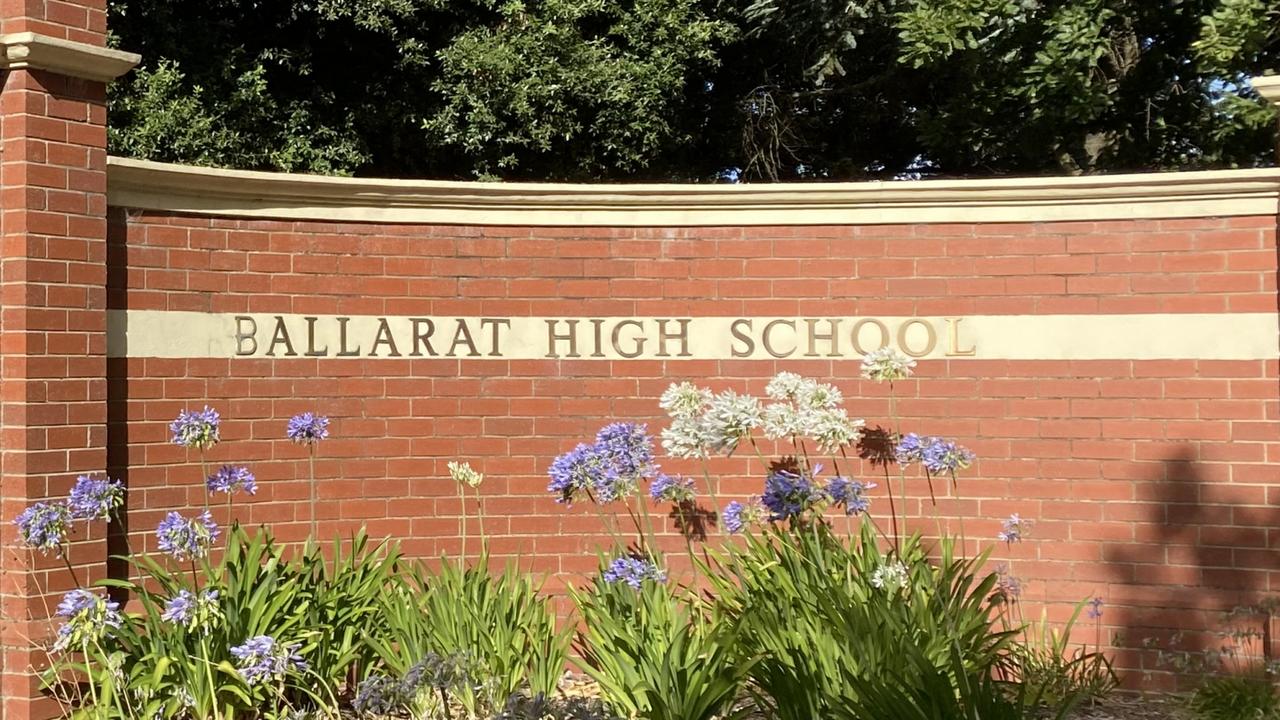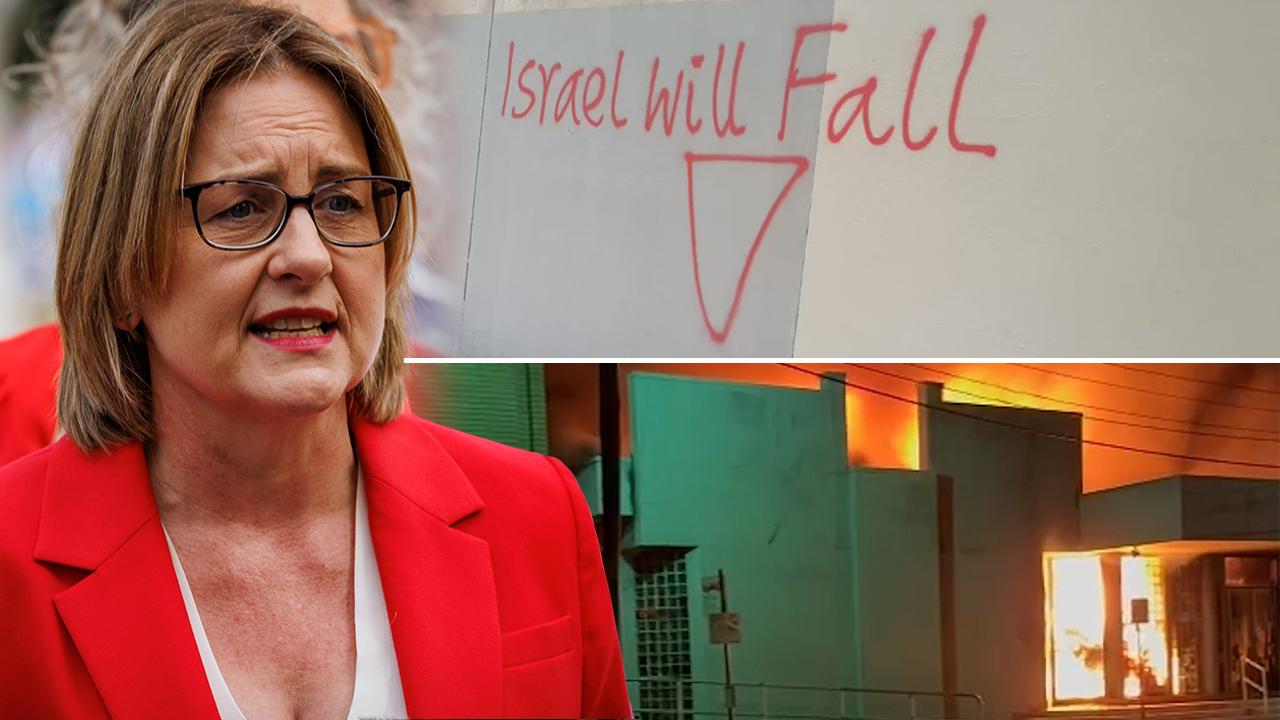Executives on Victoria’s big builds pocketing huge salaries as public servants book pay rises
The cost of executives’ salaries on major transport projects has topped $10m, with hundreds of workers now pocketing $300k.
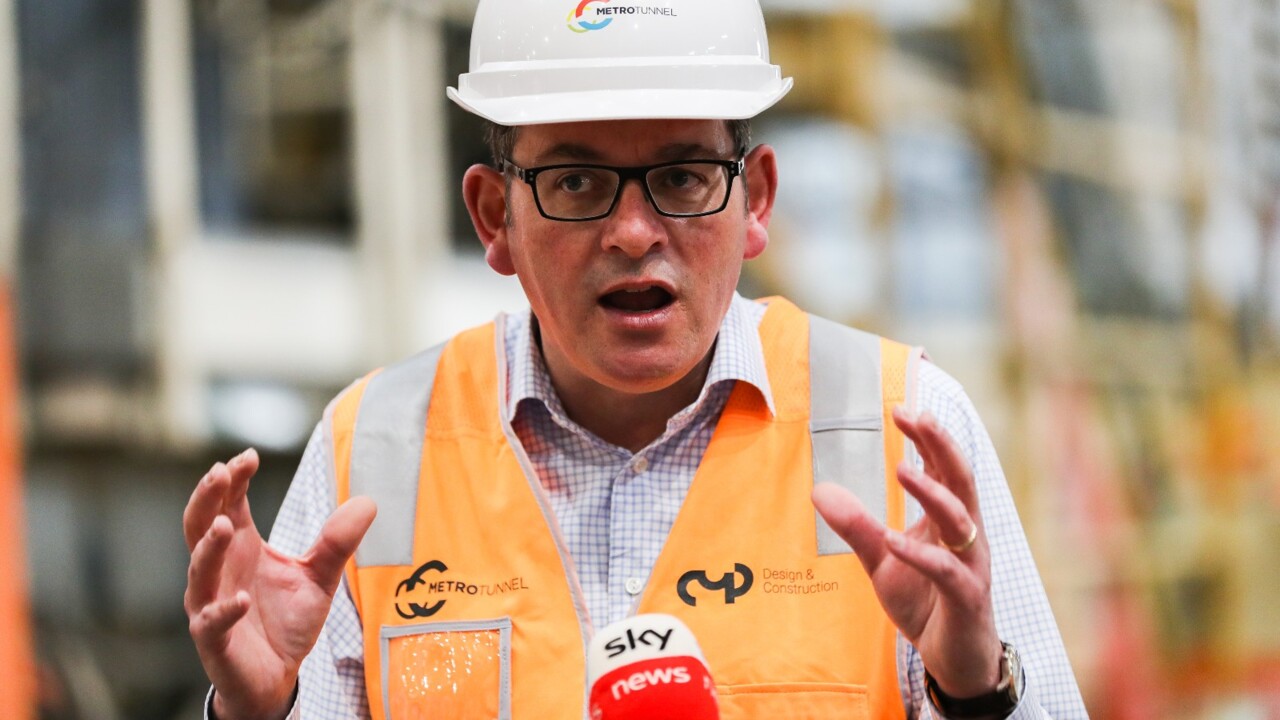
Victoria
Don't miss out on the headlines from Victoria. Followed categories will be added to My News.
More than 110 people working on the state’s major transport projects are now paid more than $300,000.
The number of executives on massive pay packets jumped in the past year, at the same time as the pandemic crippled the state and thousands of businesses struggled to remain afloat.
The Department of Transport’s annual report reveals executives across the department, the Major Transport Infrastructure Authority overseeing Victoria’s big build and the Suburban Rail Loop Authority, took home an average pay packet of $315,500.
The number of executives from those government organisations earning $300,000 or more was 112.
There were 368 executives in total on salaries ranging from $160,000 to $500,000 or more, a rise from 332 in 2020.
According to the report, the total cost of transport executive salaries rose from $96.5m in 2020 to $110.8m.
But executives did not get a pay rise in the past year, in line with the freeze across Victoria’s public service.
The increase in highly paid transport bureaucrats comes as works on city-shaping projects such as the Melbourne airport rail, Suburban Rail Loop and North East Link ramp up, with even more staff expected to come on board in coming months. About $80bn of major projects are now being built or are in planning in Victoria as a major stimulus to the economy.
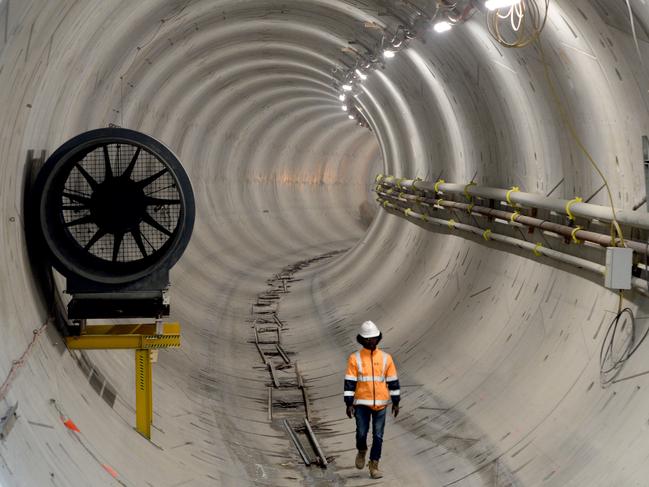
But budget blowouts and missed timelines have started to emerge, with $6bn of overruns hitting 42 major projects in Victoria, according to the Auditor-General.
The worst-affected is the trouble-plagued West Gate Tunnel, which is set to blow its budget by at least $3.3bn and is at least two years behind schedule.
Small Business Australia executive director Bill Lang called the Big Build the “big blowout”.
“It’s the big ‘blow-taucracy’ … and the biggest blowout in public spending of any government in Australia,” Mr Lang said. “Small businesses shake their heads in disbelief at who’s making the decisions in how these people get paid, how their performance is measured and how out of touch they are with the reality faced by most Victorians.”
A Transport Department spokesman said the government was delivering an “unprecedented infrastructure program” to help meet future travel demands.
“This task needs engineers and people with the specialist technical skills, expertise and experience and people who can oversee often complex contracts and projects worth millions of dollars,” he said.
“Employing these experts directly saves millions of dollars compared to having to contract them from the private sector.”
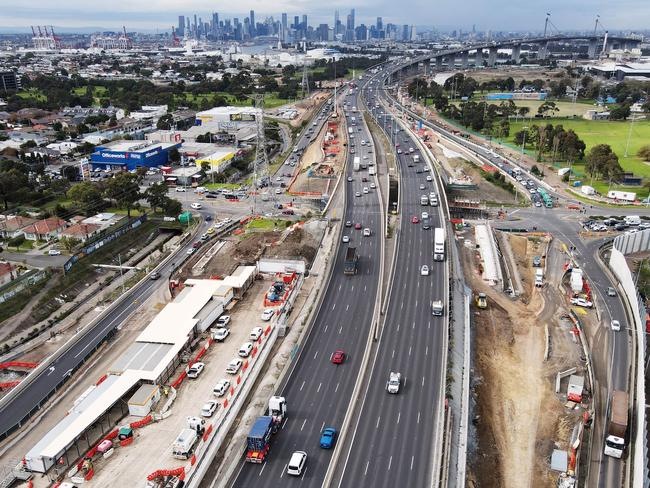
Opposition Public Transport spokeswoman Steph Ryan said the government had lost touch with the public.
“While Victorians were locked down, and the state’s public transport system was at a standstill, the Andrews Labor government has again put their hand in the back pocket of everyday Victorians,” Ms Ryan said.
“This does not pass the pub test when Victorian businesses have been boarded shut for 18 months, leaving business owners and their employees counting their pennies.”
PUBLIC SERVANTS BOOK FATTER PAY RISES
Victorian public servants have booked pay rises one-third fatter than workers in the private sector with a stark split emerging under the Andrews government.
The state’s public sector has enjoyed wage growth of 19.7 per cent since December 2014 – when Daniel Andrews became premier – to September this year, representing an annual growth rate of 2.7 per cent.
Wages in the private sector have risen by 15.1 per cent in that time – an annual growth rate of 2.1 per cent – meaning public sector wages have grown by close to a third more.
The findings flow from an analysis of the state’s wage growth numbers compiled by the Australian Bureau of Statistics.
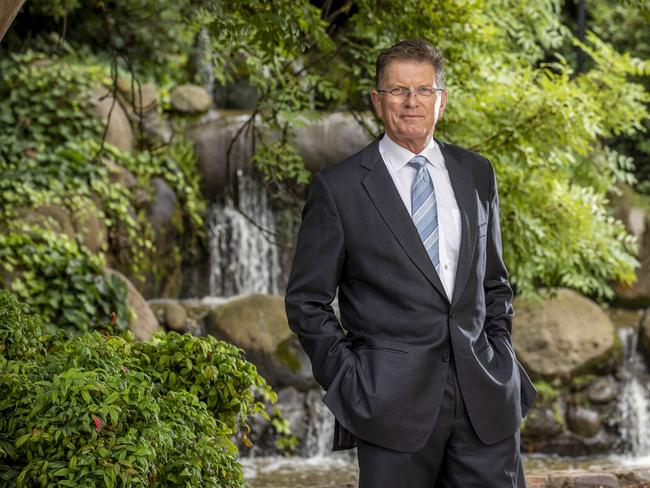
Victoria’s public sector wage bill soared past $30bn in the past financial year, sparking a fresh warning from state Auditor-General Andrew Greaves, who said the rise could not just be blamed on pandemic spending.
“The underlying issues with the growth in employee and other costs that existed before the pandemic remain,” Mr Greaves said in his latest assessment of the economy, released last month.
The fatter pay rises for public sector workers reverses the trend of higher wage growth for the private sector under the Liberal premiers of Ted Baillieu and Denis Napthine, who ruled from 2010 to 2014.
Under that pair, private sector wages grew 13.1 per cent against public sector growth of 12.2 per cent.
Public sector wage growth outpaced the private sector under former Labor premiers John Brumby and Steve Bracks although the difference was not as stark as the gap that has opened under Mr Andrews.
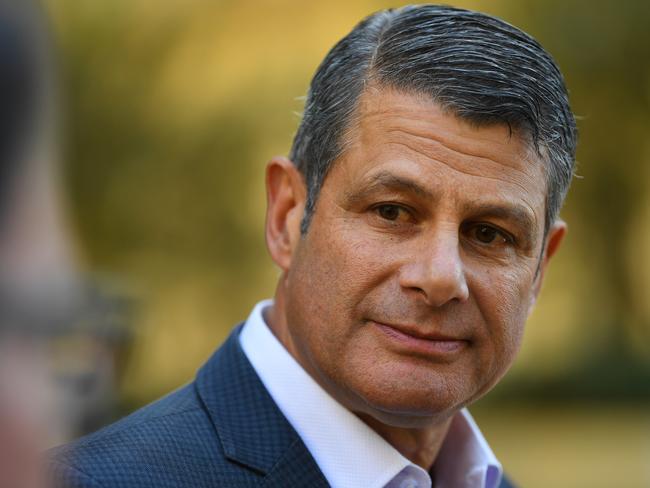
Private sector wages grew by 13.1 per cent from July 2007 to December 2010 under Mr Brumby against public sector growth of 14 per cent.
For Mr Bracks, who led the state from October 1999 to July 2007, private sector pay packets gained 30.5 per cent while public sector wages grew 32.3 per cent.
Opposition Treasury spokesman David Davis said the state’s public sector wage bill had surged from $18.4bn in 2014-15 to a projected $31.7bn this financial year under the Andrews government.
“These expenses have not seen an equivalent increase in output and are far from what the private sector is experiencing,” Mr Davis said.
“Public servants deserve fair pay and proper support for hard work but this largesse is being paid for by taxpayers at a time when the private sector has suffered massively and our debt is surging out of control.
“Labor has allowed a game of snakes and ladders, but there are no snakes, only ladders, in Daniel Andrews’ pampered public service.”
At a federal level, the government moved last year to link public servant pay rises to wage rates in the private sector in a bid to keep pay rises in check.
The Herald Sun can also reveal that almost half of all federal public servants have still been working from home at least part of the time this year.
Although 22 per cent of public servants worked away from the office on occasions in 2019, that rose to 53 per cent last year and remained at 46 per cent in 2021.
This year’s Australian Public Service survey found two-thirds of staff were continuing to use some kind of flexible working arrangement.
The Australian Public Service Commission said flexible working would “remain a key feature” of the public service.
In places such as Canberra, which has strong competition for some skills, including in digital and ICT roles, this could even mean staff are hired to work remotely in other states, including Victoria.



